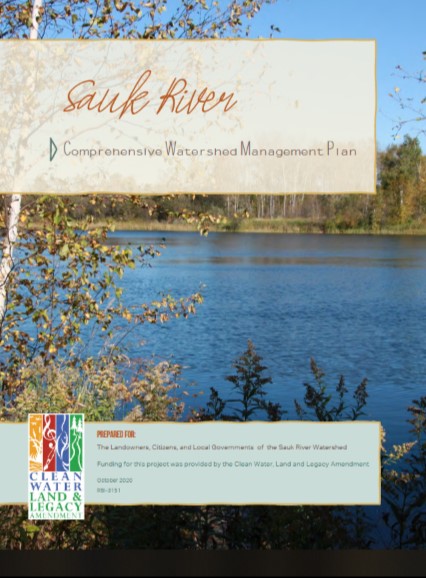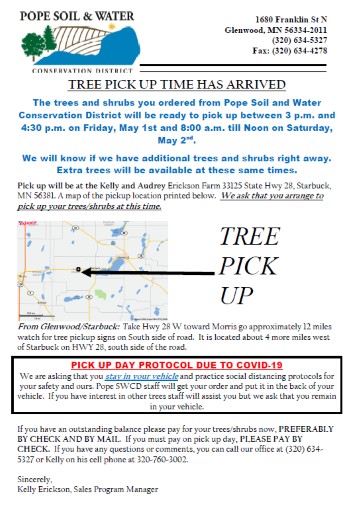
(320) 352-2231 or email: sarah@srwdmn.org
A copy of the report can be found by clicking on the graphic above.
Providing Quality Conservation Resources since 1949


Rosholt Research Farm Virtual Field Day Presentations visit http://www.stearnscountyswcd.net to download prior to the event.
